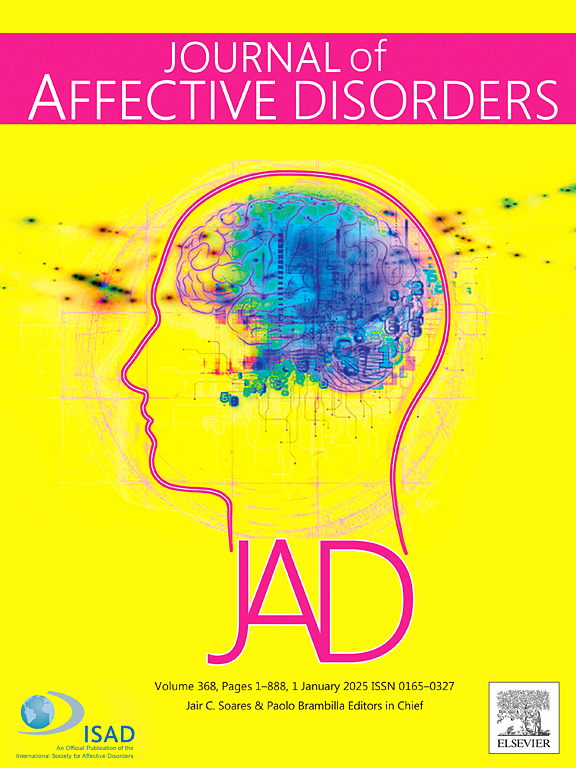In search for affect in painful touch
IF 4.9
2区 医学
Q1 CLINICAL NEUROLOGY
引用次数: 0
Abstract
Borderline Personality Disorder (BPD) is often linked to self-injurious behaviors, with many patients experiencing decreased pain sensitivity or analgesia during these episodes. In this work, we have shifted the theoretical standpoint from observing pain to observing tactile pleasure in BPD. Anchoring three linked experiments within the theoretical framework of the Affective Touch and the Social Touch Hypothesis, we studied a group of 28 BPD patients and 28 matched healthy controls. In Experiment 1, subjective pleasantness of CT-optimal tactile stimulations using various textured objects was tested. Results indicated that BPD patients rated rough and painful objects as more pleasant than controls. Experiment 2 examined self-administered touch, revealing that BPD patients preferred rough objects and used significantly greater force (triple) to achieve a pleasant sensation compared to controls, although both groups applied similar CT-optimal velocities. In experiment 3, we analyzed group performances when participants were asked to stimulate others' forearms in a pleasant manner as perceived by the receiver; no group differences in applied force or velocity were found. Overall, our findings suggest that in BPD patients, the perception of tactile pleasure involves the use of painful objects and the application of intense pressure on the skin; however, these features are not used when the patient needs to pleasantly stimulate others.
求助全文
约1分钟内获得全文
求助全文
来源期刊

Journal of affective disorders
医学-精神病学
CiteScore
10.90
自引率
6.10%
发文量
1319
审稿时长
9.3 weeks
期刊介绍:
The Journal of Affective Disorders publishes papers concerned with affective disorders in the widest sense: depression, mania, mood spectrum, emotions and personality, anxiety and stress. It is interdisciplinary and aims to bring together different approaches for a diverse readership. Top quality papers will be accepted dealing with any aspect of affective disorders, including neuroimaging, cognitive neurosciences, genetics, molecular biology, experimental and clinical neurosciences, pharmacology, neuroimmunoendocrinology, intervention and treatment trials.
 求助内容:
求助内容: 应助结果提醒方式:
应助结果提醒方式:


